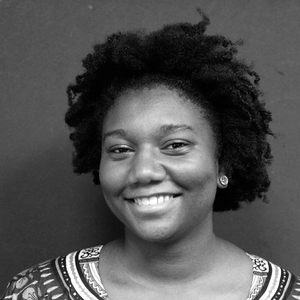Crockett: Students should lead cultural change to accept all gender identities
Everyone is entitled to be called what they want. And now, more universities in New York are taking a positive step by promoting inclusive terminology regarding students and their varying identities.
The State University of New York system is creating a database with inclusive terms on how students would like to be identified. This is part of a new diversity policy Gov. Andrew Cuomo announced earlier this month in hopes of encouraging universities to acknowledge the vast spectrum of gender identity.
SUNY students will now be able to select one of seven options, including man, woman, transgender man, transgender woman, genderqueer, genderfluid, questioning or unsure. If students feel none of these are specific enough to their personal preference, they can also write in their own identification term.
Embracing gender diversity is an important step for people to feel comfortable and safe in expressing themselves. While Syracuse University should follow the SUNY example and use gender-inclusive terms in university documents, the measure will only be successful if students embrace the responsibility of acknowledging each other’s identities and respecting gender pronouns.
“With this new Diversity, Equity and Inclusion policy, we are once again sending a strong message that the Empire State is a national leader and a beacon of inclusion for all students,” Cuomo said in a statement.
Cuomo’s words are indicative of the important role New York plays setting an example for how universities and colleges should recognize their students’ individuality. And now, SU students should see this as an opportunity to inspire cultural change across the country.
Students should promote inclusive dialogue on campus by asking others how they like to be identified. Then they should continue to refer to the person in the way they request.
It’s best not to assume, and not to deliberately refer to others as anything outside of what they want. Being conscious of how our dialogue impacts others creates a safe environment for all students, no matter how they identify on the gender spectrum.
Liken it to someone purposely mispronouncing your name, after you’ve explained clearly how it is supposed to sound. When it is understood that identity is made up of different elements that reflect the individual, students are more likely to honor one another and encourage the discourse that best represents how someone chooses to be seen.
Universities are a place where people can discover and become comfortable with who they are. For these institutions to embrace gender identities that are different of those in the traditional binary is an important step of acceptance.
Harvard University made news earlier this month in encouraging students to register for the new academic year under a gender or genderless pronoun. The university is giving students the ability to use either traditional pronouns such as “she” or “he,” or alternative ones including “ze” or “hir.”
Creating inclusive dialogue policies will likely make its way to SU, but will first begin with students working with one another to accentuate the importance of appropriate gender pronoun language.
There is a freedom in allowing people to be themselves, and to deny this right further delegitimizes students who may already be marginalized for their identities.
Elaina Crockett is a senior television, radio and film major and African American studies minor. Her column appears weekly. She can be reached at ekcrocke@syr.edu.
Published on September 20, 2015 at 9:18 pm






